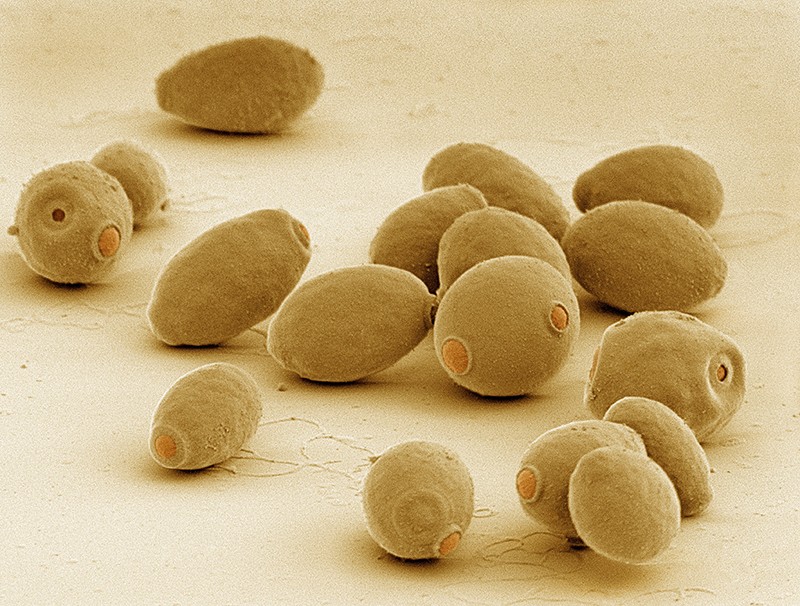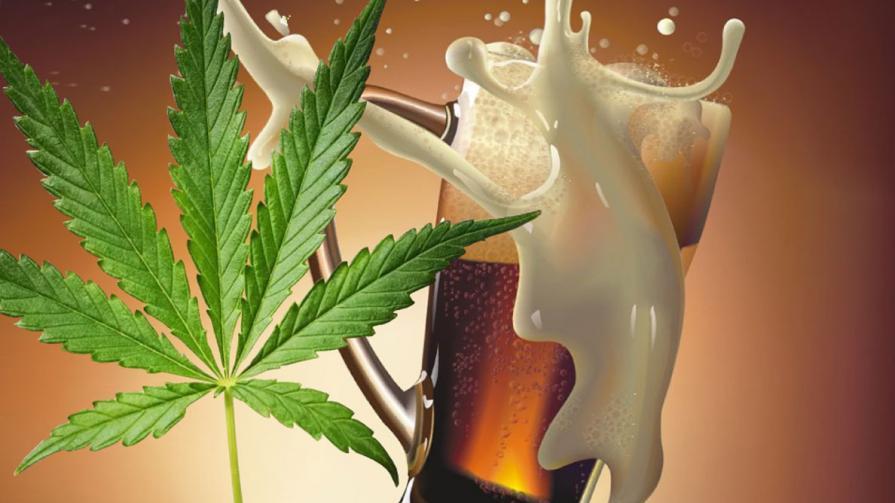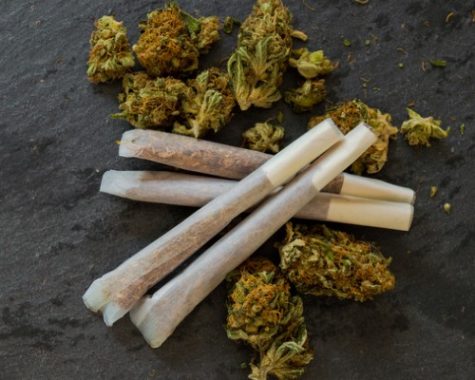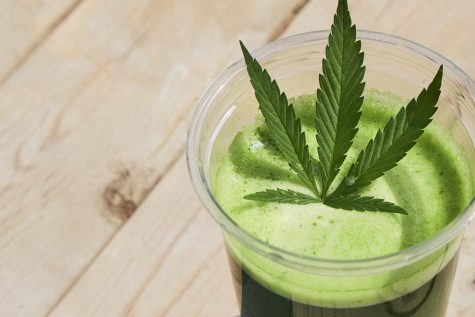Scientists use beer yeast to brew THC and CBD
Yeast could have a whole new use: to produce cannabinoids.
According to the scientific discovery, published in Nature, a sugar in brewer’s yeast (Saccharomyces cerevisiae) called galactose was successfully turned into tetrahydrocannabinol (THC). Published just last month, the study revealed how yeast could be altered to produce the most commonly occurring psychoactive compound found in cannabis.
In addition to this, THC’s non-psychoactive cousin cannabidiol (CBD) could also be produced from altered yeast. This cannabinoid has been hailed for its potent medicinal and therapeutic qualities, which range from stress and anxiety relief to pain and nausea relief.

The scientists are optimistic that, thanks to their successful experiment, manufacturers may soon start producing the cannabis plant’s highly sought-after cannabinoids. Yeast could offer a cheaper, more efficient and dependable source of cannabinoids when compared with conventional plant-based cultivation.
Previous studies have delved into the cannabinoid production line in yeast, however, this study is the first that has effectively “put it all together and shown that it actually works inside one cell, which is cool”, said the chief executive of Montreal-based Hyasynth Bio, Kevin Chen. His company is one of at least 10 that are striving to engineer yeast, algae or bacteria for the production of cannabinoids.
In order to successfully use beer yeast to brew cannabis, synthetic biologist Jay Keasling at the University of California, Berkeley and a group of scientists altered numerous genes found in S. cerevisiae. They also added five different types of bacteria extracted from the cannabis plant.
A total of 16 genetic modifications were needed to turn galactose into THC or CBD in their inactive forms. By heating the cannabinoids, they become active. After the experiment, the team managed to produce approximately eight milligrams of THC per liter and slightly less CBD.
If the scientists are to compete with the cost of plant-extracted cannabinoids, chief executive of California-based Librede Jason Poulos says that the yields would need to be amplified 100-fold. His company possesses the first patent to create cannabinoids using the sugars found in yeast.
Back in 2015, Keasling formed a company called Demetrix. The scientists working at his company were given the task of figuring out how to increase the cannabinoid yield when using beer yeast to brew cannabinoids. Chief executive of the Emeryville-based firm in Emeryville, California, Jeff Ubersax, says that the scientists have already maximized the yield by several orders of magnitude.
Keasling and his committed team of scientists have also accomplished the task of turning certain fatty acids into cannabinoids that don’t occur naturally in nature. Despite their successes so far, nothing changes the fact that can be done using yeast can be done using the plant itself, with much greater yield and purity.










